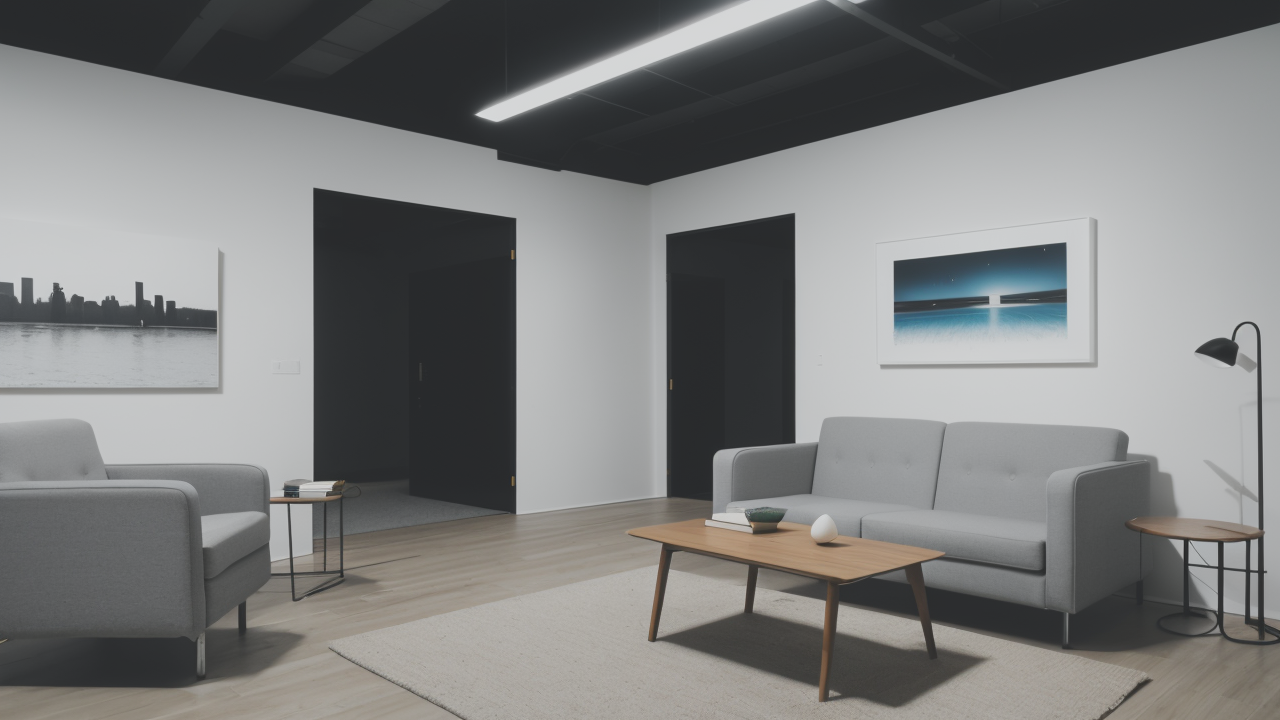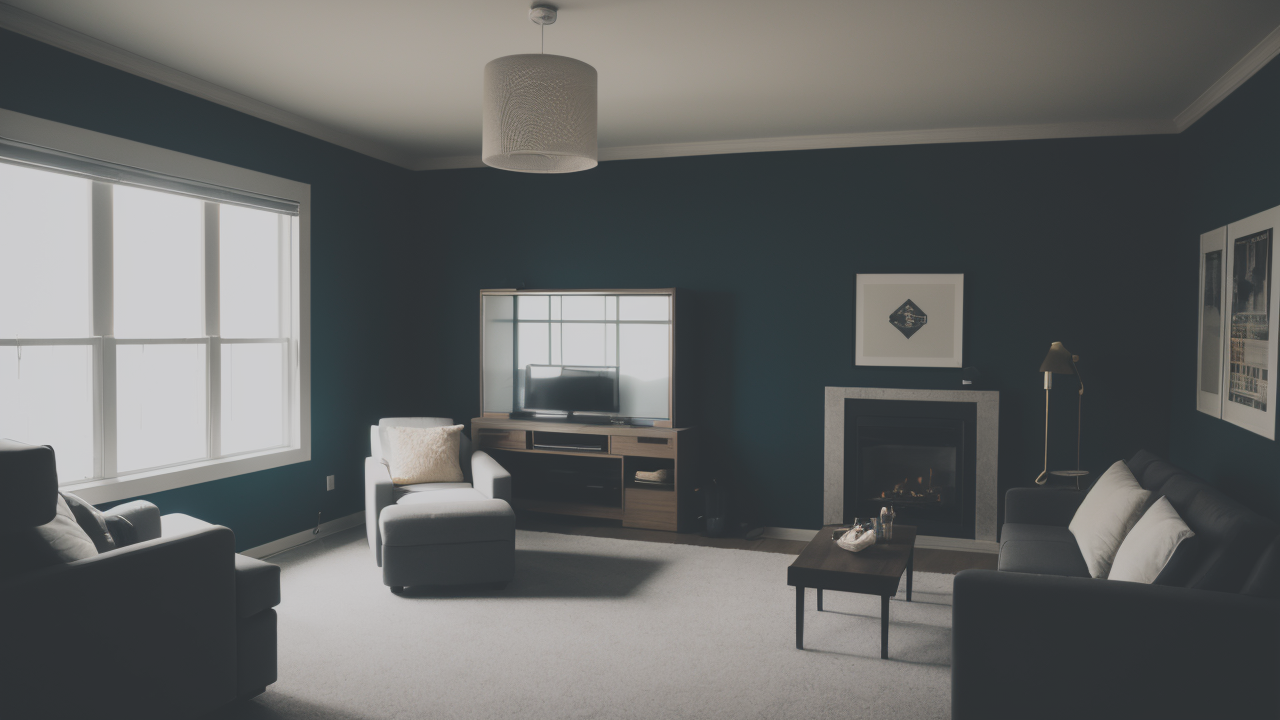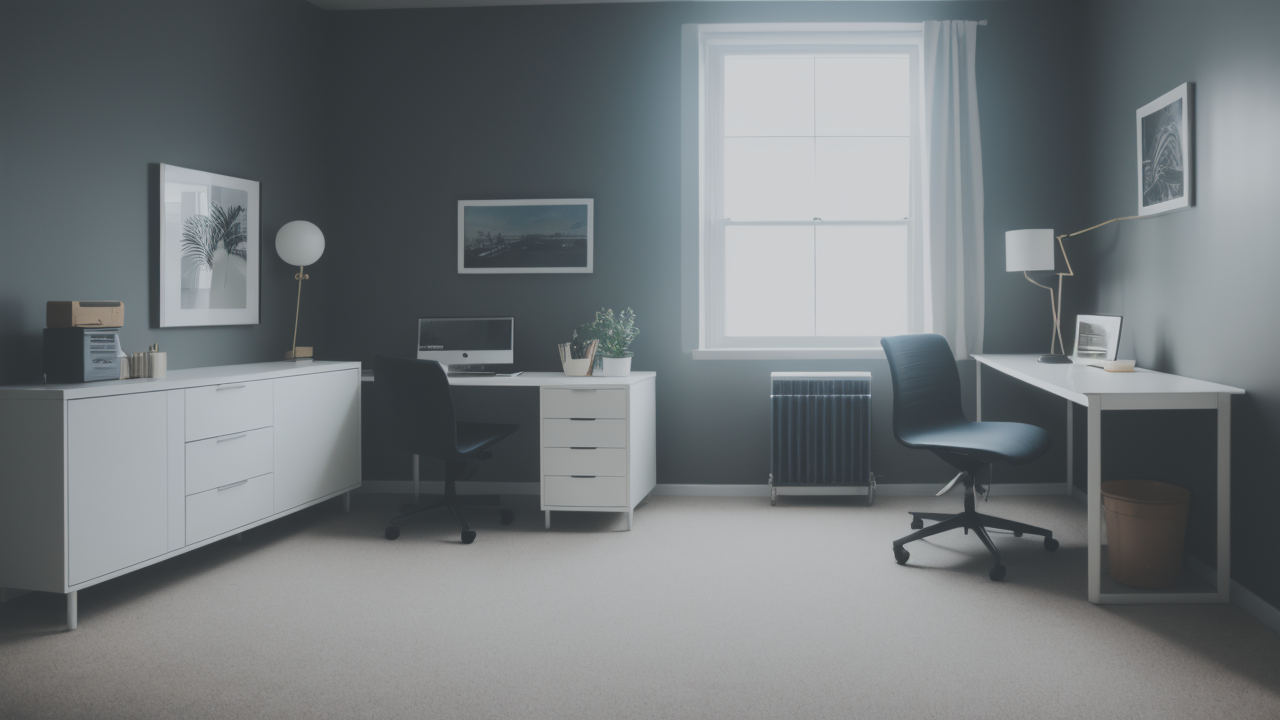
Unveiling the Power of Simplicity: Minimalist Drawings in the World of Art Horses
Understanding the Appeal of Minimalist Art Furniture
The History of Minimalism in Art and Design
Minimalism in art and design emerged in the 1960s. It was a response to the excess of previous styles. Artists and designers focused on simplicity and essential forms. They stripped away unnecessary elements. This movement quickly spread to furniture design. Pioneers like Ludwig Mies van der Rohe championed the "less is more" approach. They created pieces with clean lines and basic shapes. Over time, minimalism evolved but kept its core principles. It began to incorporate new materials and textures. Today, minimalist furniture remains popular for its timeless appeal and versatility.

Key Features of Minimalist Furniture
Minimalist furniture has several key features that define its style:
- Clean, simple lines
- Neutral color palettes
- High-quality materials
- Functional design
- Emphasis on space and form
- Lack of ornamentation
These elements create a sense of calm and order in a space. Minimalist pieces often serve multiple purposes. They maximize functionality without adding clutter. The focus is on quality over quantity. This approach ensures that each piece is durable and long-lasting. Minimalist furniture blends well with various interior styles. It's adaptable and can easily update the look of a room.
The Aesthetic Impact of Minimalist Art on Consumers
Minimalist art furniture has a strong effect on how people perceive their living spaces. It creates a sense of openness and tranquility. The simple designs help reduce visual clutter. This can lead to decreased stress and improved focus. Many people find that minimalist spaces feel more organized. They report feeling more in control of their environment. The versatility of minimalist pieces is also appealing. It allows for easy changes in room layouts and decor. As a result, minimalist furniture continues to be a popular choice for modern homes and offices.
How Chair Sets of 2 Enhance Minimalist Decor
The Role of Chair Sets in Furnishing Minimalist Spaces
Chair sets of 2 play a crucial role in minimalist decor. They provide balance and symmetry to a room. These sets offer functionality without overwhelming the space. In living rooms, they can create intimate conversation areas. In dining spaces, they provide flexible seating options. Chair sets of 2 are versatile enough to use in various rooms. They embody the minimalist principle of having just enough. These sets can serve as focal points or blend seamlessly with other furniture. They help maintain a clean, uncluttered look while meeting practical needs.

Balancing Functionality and Aesthetics with 2-Piece Sets
Two-piece chair sets strike a perfect balance between form and function. They offer practical seating solutions while maintaining visual appeal. Designers often choose materials that are both durable and attractive. The simplicity of these sets makes them easy to clean and maintain. Many designs incorporate ergonomic features for comfort. The limited number of pieces makes it easier to create a cohesive look. This balance ensures that the furniture serves its purpose well. At the same time, it enhances the overall decor of the space.
Integrating Technology with Minimalist Furniture Design
Modern minimalist furniture, including chair sets, often incorporates technology. This integration is done subtly to maintain the clean aesthetic. Some chairs feature built-in charging ports. Others use smart fabrics that resist stains or regulate temperature. Adjustable components may be controlled via smartphone apps. These tech additions enhance functionality without cluttering the design. They represent how minimalism evolves to meet modern needs. The goal is to improve user experience while preserving simplicity in design.
Case Studies: Transforming Spaces with Chair Sets of 2
Innovative Residential Projects Using Minimalist Art Furniture
Several residential projects showcase the power of minimalist chair sets:

- A small urban apartment used a pair of multi-functional chairs to create a flexible living area.
- A minimalist bedroom incorporated a set of low-profile chairs as a reading nook.
- An open-plan kitchen-diner used a pair of statement chairs to define the dining space.
These projects show how chair sets can maximize space and function. They demonstrate that minimalist design can be both practical and beautiful. Even in small homes, these sets can make a big impact. They prove that less can indeed be more in interior design. The versatility of these chair sets allows for creative use in various settings.
Commercial Success Stories: Minimalist Art in the Workplace
Minimalist chair sets have also made a significant impact in commercial spaces:
- A tech startup used pairs of ergonomic chairs to create collaborative work areas.
- A boutique hotel lobby featured custom-designed chair sets for intimate seating zones.
- A modern law firm incorporated minimalist chair sets in client meeting rooms.
These examples show how minimalist furniture can enhance work environments. They create a professional and efficient atmosphere. The clean lines and simple designs promote focus and productivity. These chair sets prove versatile in various business settings. They contribute to a modern and sophisticated image for companies.
Evaluating the Long-Term Value of Minimalist Art Furniture Investments
Investing in minimalist art furniture, especially chair sets, offers long-term benefits:
- Durability: Quality materials and construction ensure longevity.
- Timeless design: Minimalist styles remain relevant across changing trends.
- Versatility: These pieces can adapt to various settings and decor changes.
- Resale value: Well-maintained minimalist furniture often retains its value.
Consumers find that investing in high-quality minimalist pieces pays off over time. The furniture's ability to withstand wear and changing tastes is a big plus. This longevity aligns with sustainable living practices. It reduces the need for frequent replacements. As a result, minimalist art furniture, including chair sets of 2, continues to be valuable. They are a wise choice for both homes and businesses. The initial cost is often justified by years of use and enjoyment.


